Ah, wedding rings, the exquisite symbol of a lovely couple joining each other in matrimony. These rings can feature many different designs and aesthetics, which are all unique to each couple. But there is much more to your wedding rings than just its value and design – what is the difference between wedding rings and engagement rings? Which rings are worth getting? What is the wedding ring etiquette? If knowledge about these special rings is what you’re looking for, then we have you covered!
To ring or not to ring
The modern world is a lot different than it was in traditional times, and not all couples follow the tradition of getting rings for the marriage. If you are sticking to this traditional display of love for your partner, the two main rings you will need are the wedding ring and an engagement ring, which can be complimented with additional rings like promise rings and eternity rings if you so desire.
Wedding rings vs. Engagement rings
Put simply, wedding rings and engagement rings are mainly different from each other in that wedding rings are exchanged between a couple at their wedding ceremony while an engagement ring is typically given at a proposal or when the couple is engaged. Regardless, both rings share the symbolic meanings of love and commitment.
Design-wise, this is where these two rings are not too similar. A wedding ring is usually more plain-looking with a simpler design and may not feature a gemstone at its center. The engagement ring, on the other hand, often has a more extravagant appearance with a center gemstone, thicker bands, and may be further embellished with additional smaller stones. As such, engagement rings are typically more expensive than wedding rings.
With that being said, now here is a question worth asking – is it necessary to get both wedding and engagement rings? In a traditional sense, the answer would be yes as the bride would be wearing both rings together on the left hand’s ring finger. But nowadays, this depends on the couple; some may choose not to have both rings out of practicality or personal preference. Because of this, it is not totally necessary to get a wedding ring and an engagement ring for your future spouse.
At the end of the day, while both rings symbolize your love and commitment, it is perfectly fine for you to choose which rings you want and how you want to wear them. Just as long as you and your partner have your own preferences, there is no right or wrong answer to getting wedding and engagement rings.
What wedding rings should I get?
Regardless of whether you want to get a suitable engagement ring as the wedding ring or get a separate wedding ring entirely, there are five things worth considering before making your picks.
First and foremost, your choice of wedding ring designs. Since you will be wearing it, it makes sense to figure out which metal and style you would like to have on your ring. For metals, platinum, gold, and silver are common picks while steel, titanium, and tungsten also make good choices. As for the style, you can have your ring in channel set, comfort fit, half-round, and pave band designs among many others. You can also add any gemstones if you so desire.
Secondly, plan your budget ahead. Just like their designs, rings can come in very different price ranges, which makes it important to plan how much you wish to spend on them. But the good thing is that you do not necessarily have to spend a fortune to get a nice-looking ring. For example, choosing a half-eternity ring can get you a rather similar appearance to a full eternity band without paying the heavier price tag. Also, do keep note of which retailer you intend to get your rings from as prices can vary greatly from place to place.
Thirdly, mixing or matching your wedding rings. It is worth remembering that there is no rule that requires married couples to have identically matching wedding rings. As such, it is perfectly reasonable to choose different ring designs, such as a titanium ring for you and a rose gold ring for your partner. You can also choose to pair your preferred designs together for a look that compliments each other or just have totally different designs that stand apart – it’s all up to personal preferences.
Fourth, leave some consideration for your lifestyle. While wearing your wedding ring might not seem like a big deal, you will be wearing it every day for a lifetime so it is important to make sure that your ring will fit in nicely with your lifestyle activities. If you spend a lot of time outdoors, a tough and durable ring would be ideal. If you work with your hands a lot, a simpler ring with thinner bands and rounder edges is more suitable. Regardless of your lifestyle, strive to match the right metals and designs for your ring with your lifestyle.
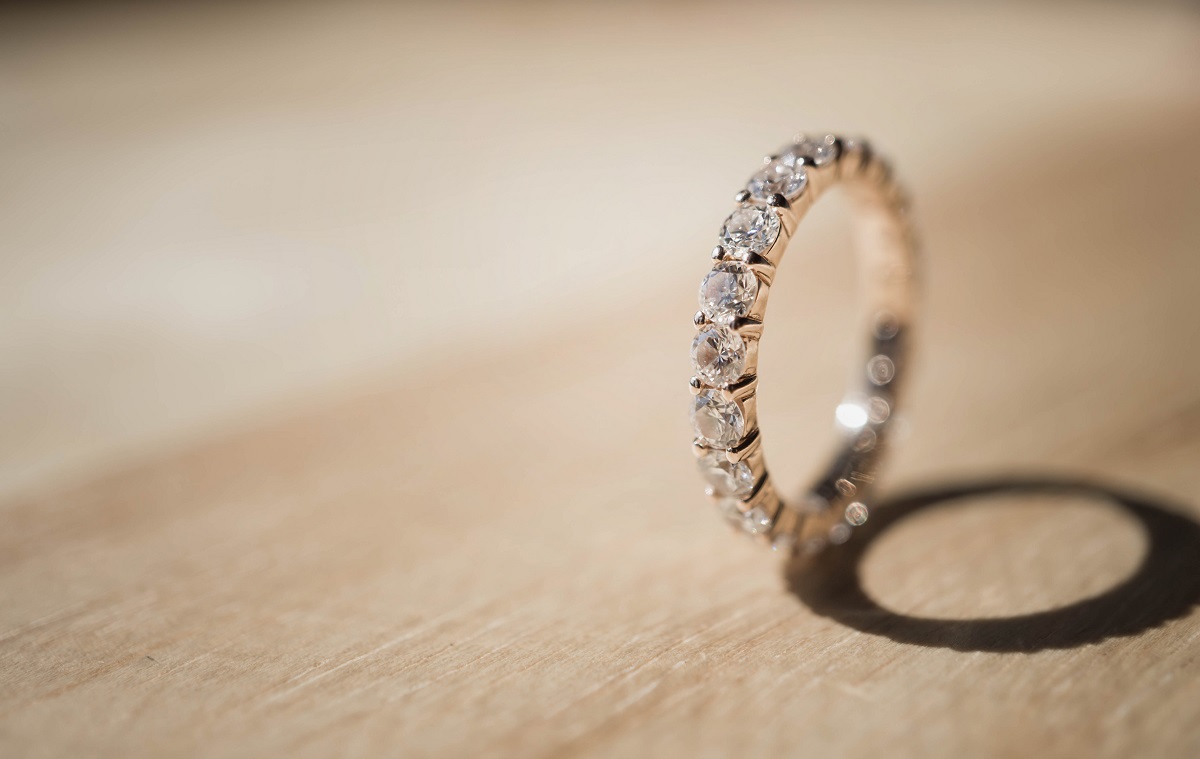
Lastly, consider your ring’s care and maintenance. As a wedding ring is worn for a lifetime, some maintenance is needed to keep their shine and sparkle. For most rings, gentle washing with mild detergent and warm water is all that is needed to keep them from tarnishing. Also, avoid exposing your ring to harsh chemicals and rough physical contact to prevent scratches. If you do not wish to be burdened with cleaning your ring every now and then, settling for a wedding ring with a simple and durable design can go a long way in maintaining their beauty.
How to wear wedding rings
Now that you and your partner have your wedding rings, how exactly should you wear them? The short answer is – any way you like, really. This is because couples nowadays are getting more freedom regarding their wedding arrangements, which includes how they choose to wear their rings.
Nevertheless, here are some helpful pointers worth knowing for wearing those precious rings.
1. Which hand do I wear my ring on?
In Western cultures, wedding rings are traditionally worn by newlyweds on the third (ring) finger on their left hand. This practice has its origins in the ancient Romans, who believed that the ring finger had a vein that ran directly to the heart, which they called the vena amoris (Latin for “vein of love”). Because of this connection, it was seen as only fitting that married couples wear their wedding rings on the fourth finger of the left hand to symbolize their love for each other. Countries that adopted this custom include Australia, Canada, Botswana, Ireland, the United Kingdom, and the United States along with several others.
On the other hand, not all cultures follow this tradition and there are other cultures that have the wedding ring worn on the right hand instead. In India, Tamil culture dictates that wedding rings be worn on the right hand as the left hand was seen as inauspicious. Elsewhere, Orthodox Christians follow this arrangement too as per their religious beliefs. The right-hand wedding ring rule also applies to countries like Austria, Bulgaria, Cuba, Colombia, Denmark, Germany, and many others in Eastern Europe, South America, and some parts of Asia.
Even so, different wedding ring customs exist too – in some cultures, the bride and groom wear their wedding rings on opposite hands. In Sri Lanka, the groom would wear his ring on his right hand while the bride would wear her ring on the left hand. In contrast, China’s custom has the groom wear his ring on the left hand instead while the bride wears her ring on the right. For Islamic countries, wedding rings are not considered a tradition in religious Muslim weddings, but they may be included in the ceremony if the couple so desires; if worn, the ring would go on the left ring finger (such as in Iran) and on the right hand (such as in Jordan).
At the end of the day, different cultures have different customs for how the ring should be worn, but you do not necessarily have to follow them. Around the world, it is generally accepted for a married couple to choose how they wish to wear their wedding rings – it is all a matter of personal preference.
2. The order of rings: which goes on first?
For the most part, the order of how you wear your rings is largely a matter of personal preference, but there are a few ways on how they can go on your finger.
One common way is to wear the wedding ring first followed by the engagement ring on the top. In this case, both your rings will be worn on the same finger of either hand – just slip your engagement ring on top of your wedding ring during the ceremony and you are all set. Symbolically, some couples prefer this traditional order to have the wedding ring closer to their heart.
Alternatively, you can also choose to wear the engagement ring first before stacking the wedding ring on the top. From a logical perspective, it is not hard to see why some couples prefer to wear the rings in the order they received them – the engagement ring can represent a promise to be together and the wedding ring represents fulfilment of that promise. In a way, it represents you and your partner transitioning from engagement to official marriage.
It is also worth noting that you can wear your engagement ring and wedding ring separately on both hands. While less traditional, this option can involve wearing your wedding ring on your left hand’s ring finger and the engagement ring on your right hand’s ring finger. This arrangement is suitable for when wearing both rings together is not ideal – either because they do not match very well or for more practical reasons like not wanting too many rings on one finger.
Though tradition and wedding customs may dictate how you should wear your rings, there are no definite rules that stop you from wearing them the way you want. So, feel free to just wear them on any finger as you please.
Like your wedding preparations and themes, there is plenty of freedom to get creative with your wedding rings. Whether you choose to wear your rings on your right or left hand, the most important thing is to wear your ring in a way that makes both you and your partner happy. After all, these rings are more than just jewelry – they are symbols of love between you and your partner.
 Cart is empty
Cart is empty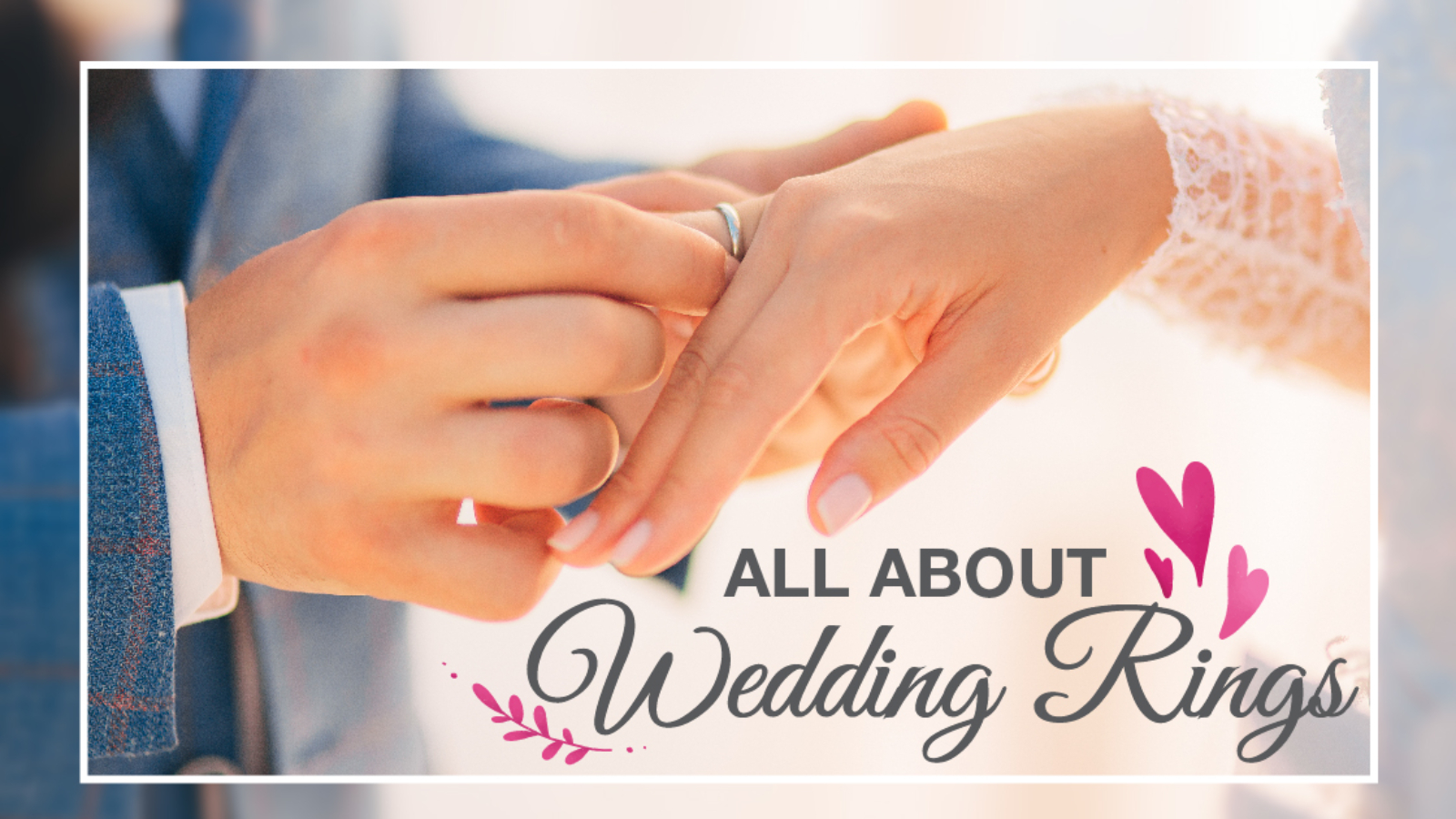
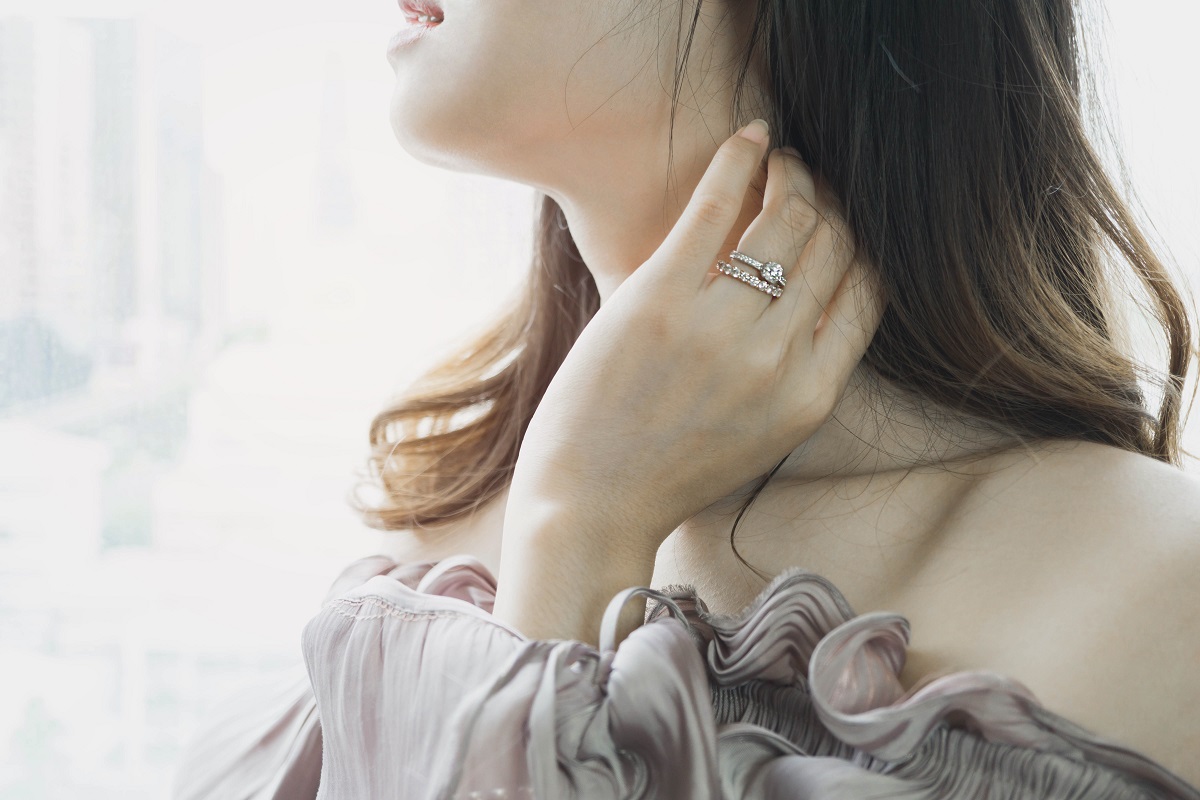

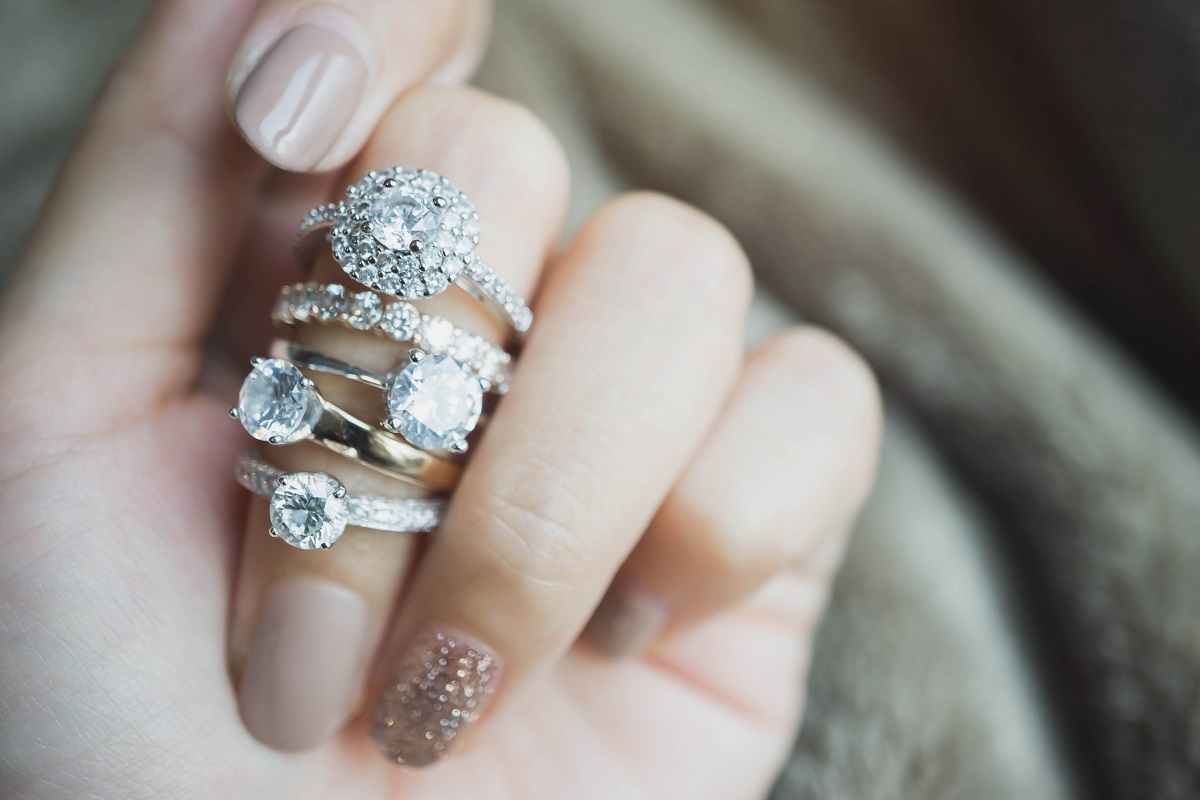



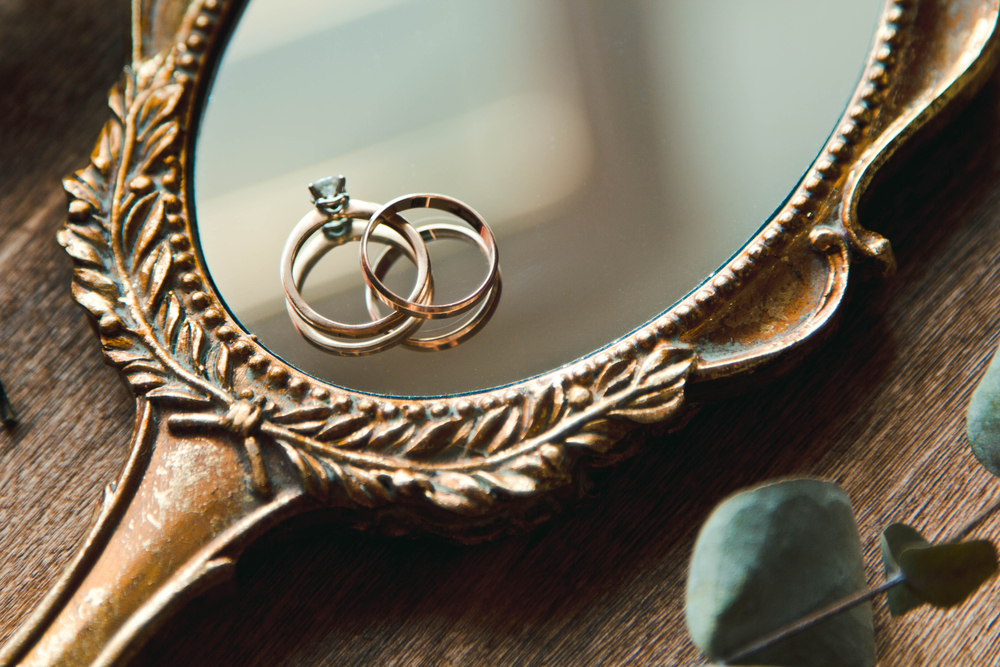


Leave A Comment